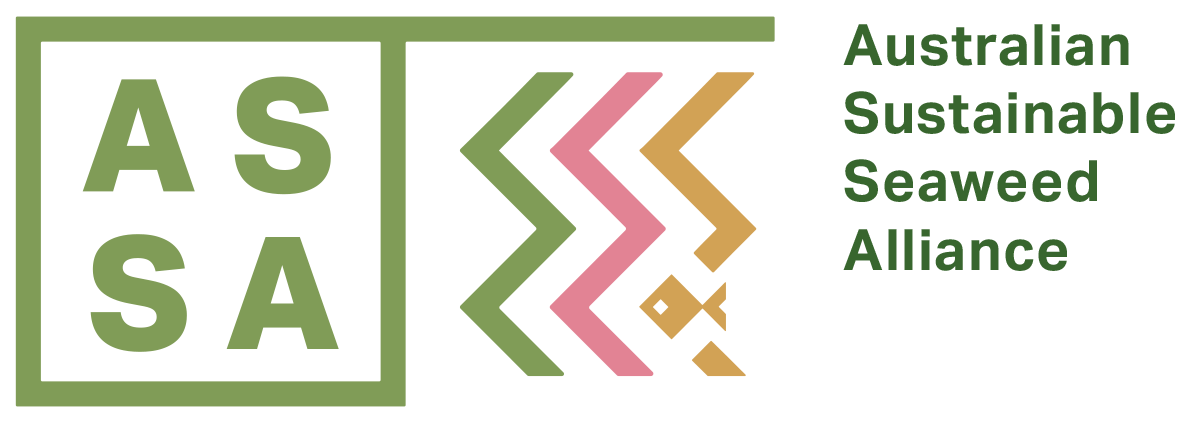Seaweed research on a rising tide of optimisim
SOURCE: FDRC
Research to optimise propagation and growth of the red seaweed Asparagopsis gathers pace, throwing up exciting new opportunities and challenges.
At Port Victoria on South Australia’s Yorke Peninsula, sunshine, crystal clear water and calm conditions greet the partners of a new venture for the Narungga nation and CH4 Global as they inspect recently approved marine leases.
A diver collects Asparagopsis samples for propagation. Photo: Sasi Nayar, SARDI
The leases are held by the Narungga Nation Aboriginal Corporation (NNAC) and are catering for one of several pilot trials underway to test the growing conditions needed for the red seaweed Asparagopsis. The Port Victoria trials are part of a larger project, jointly funded by the FRDC and CH4 Global. The South Australian Research and Development Institute (SARDI) at the Department of Primary Industries and Regions (PIRSA) is leading the research project to optimise propagation and growing techniques in order to harvest this species from South Australian waters. The research is also investigating seaweed processing.
Asparagopsis is generating international headlines for its ability to reduce methane emissions by 90 per cent or more when fed as a dietary supplement to cattle. This could result in significant emissions reductions when you consider that livestock contribute 12 per cent of Australia’s overall emissions.
But there’s a catch. Thousands of hectares of seaweed would be needed to provide enough supplement, even at minuscule levels, for all livestock in Australia. Globally, the potential demand would require hundreds of thousands of hectares of Asparagopsis production, which is still in its infancy.
The researchers involved in this discovery, from CSIRO, James Cook University and Meat & Livestock Australia, have jointly patented the science behind it and formed the company FutureFeed to manage the patent and licensing.

